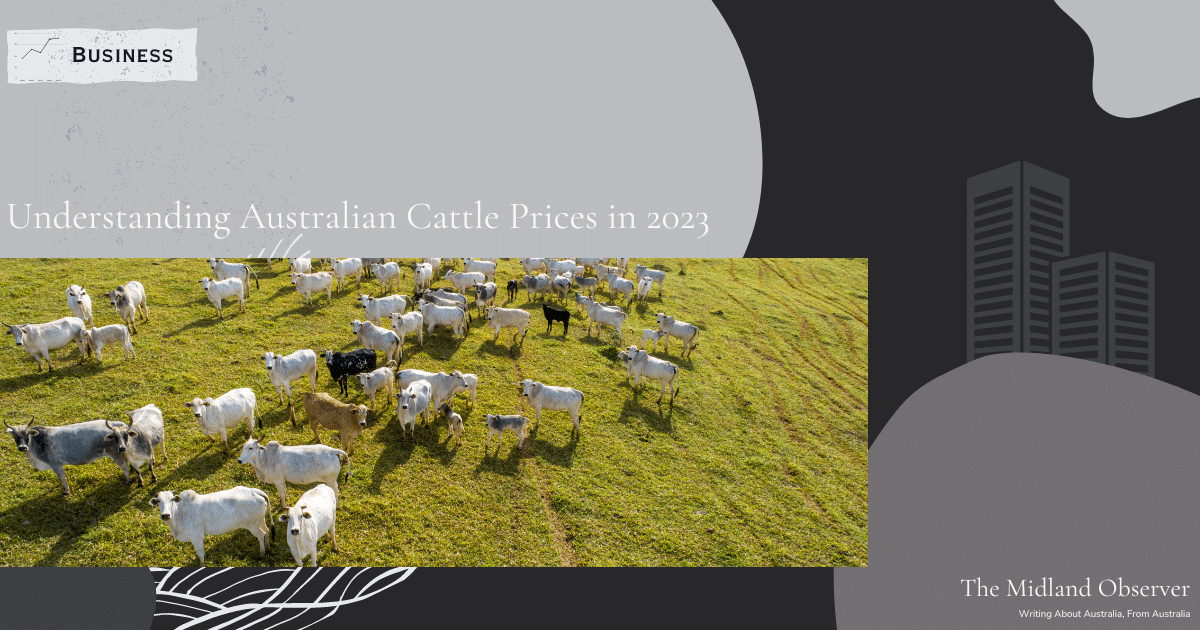Australian markets are as mutable as they are diverse. Seasonal variability is a major factor in the shifting trends of the Australian consumer palette. The more populous parts of the country experience extreme fluctuations in seasonal weather, which, along with other seasonal events, have substantial effects on spending trends.
Bring On the Heat
Springtime brings longer days, and a renewed focus on outdoor activities compared to the colder months. This is normally when people begin shopping for outdoor clothing and sports gear that they’ll use in the summer, although the lack of competitive sales events tends to limit sales volumes as compared to those held during the summer. Spring does, however, mark the start of the wedding season. Travel spending begins to tick up towards summer highs, and demand increases for formal clothing, catering services, and event-related goods.
The Aussie summer means business, with seriously hot temperatures, long days, and lots of fun outdoor activities. During this time, people tend to spend time at the beach and attend outdoor events like festivals. Many Australians take advantage of the warm weather to get active outdoors, with popular activities including running, cycling, and swimming. Summer also brings the Christmas season, which comes with a host of major sales and specials, as well as New Year’s, during which many people travel and make renewed resolutions to get fit and stay healthy.
All of this translates to massively increased consumer spending compared to the colder months, especially on luxury goods and anything related to outdoor activity and travel. There is also an increased demand for healthy food and drinks, including fresh fruits and vegetables, smoothies, and iced teas. Brick-and-mortar shopping also reaches its peak in the summer, as Aussies are out and about more than ever, and looking to spend their hard-earned money on whatever might bring good times to themselves and their families.
Winter is Coming
Australian autumn heralds cooler temperatures, shorter days, and a change in foliage and other forms of natural ambience. In Autumn, people start spending more time indoors. That means more time spent engaging in indoor activities like watching TV, reading, and cooking. In terms of shopping, there is a focus on warmer clothing, such as light jackets and sweaters, as well as home décor and furnishings. The culinary focus begins the shift towards comfort foods and warm drinks. Aussies tend to gravitate towards hearty soups, stews, and casseroles, as well as hot chocolate and mulled wine. The Easter holiday also brings an increased demand for Easter-themed treats and gifts.
Winter in Australia brings colder temperatures, shorter days, and a focus on indoor activities. People tend to spend more time at home watching TV, reading, and cooking. Winter clothing, such as coats, hats, and scarves, as well as home heating and insulation products, spiked in demand. The popularity of heartier foods continues, with an increased demand for health and wellness products, such as vitamins and supplements, to combat the seasonal flu and other illnesses that come with colder temperatures and more time spent inside in close proximity.
The winter season also includes the end-of-financial-year sales, which take place in late June and early July, bringing deep discounts in preparation for yearly tax returns. Many Australians even shop for Christmas gifts during this time, as it’s the time of the year when they’ll have the best access to a larger volume of cash, and some of the sales are just too good to pass up on.
The Times, They Are A-Changin’
Time changes everything, and not just with the seasons – some trends take years to begin, and last for even longer. As the world becomes more connected, and the Australian economy becomes more globalised, other cultures and longer-term considerations have started playing an increasingly important role in the decision-making of Australians.
Australia has always been a truly international country. With most inhabitants descending from Northern European countries, Australians have always shared culture with the Anglosphere: the US, UK, Ireland, New Zealand, and Canada all import and export culture to and from Australia. With the dawn of the internet and the ever-decreasing cost of international travel, that integration has only gotten stronger: much of the TV and music in Australia is British, the movies are mostly American, and…some of the dairy is from New Zealand. Aussie imports, especially from these countries, tend to peak in the winter, and it’s no wonder – who doesn’t love a good Pot Noodle when it’s cold outside? Lots of cars, too, apparently.
But Aussie culture isn’t just about history. Now, more than ever, being near abroad has a major impact on Australian consumer trends and culture. Australian demand for Asian cuisine and other cultural products has increased as the globalisation of the Australian economy makes its mark. The most popular brand of noodles in Australia is not, in fact, Pot Noodle, but Indomie.
With all that said, all of this importing has had an impact on Australian consumer sentiment. Australia has heaps of pride in going local, and not for no reason. Climate change awareness is strong amongst Aussies, and that awareness comes with a desire to support local businesses to reduce the consumption of fossil fuels used in transportation. But it’s not just about climate. Customers are increasingly looking to support local businesses and seek out products and services that are made in Australia in order to support their local economies at a time when globalisation is disrupting local businesses of all varieties.
A recent release by the famous consulting company McKinsey revealed multiple trends and sentiments that won’t surprise anyone: the felt impacts of globalisation have renewed Australians’ collective desire to exercise more control over their future as a country, and that translates to increasing support for local businesses, and increased demand for more sustainable products.
~
Australia is a dynamic country that will continue to change – with the seasons, with the times, and, if we’re honest, when and however it feels like it!







